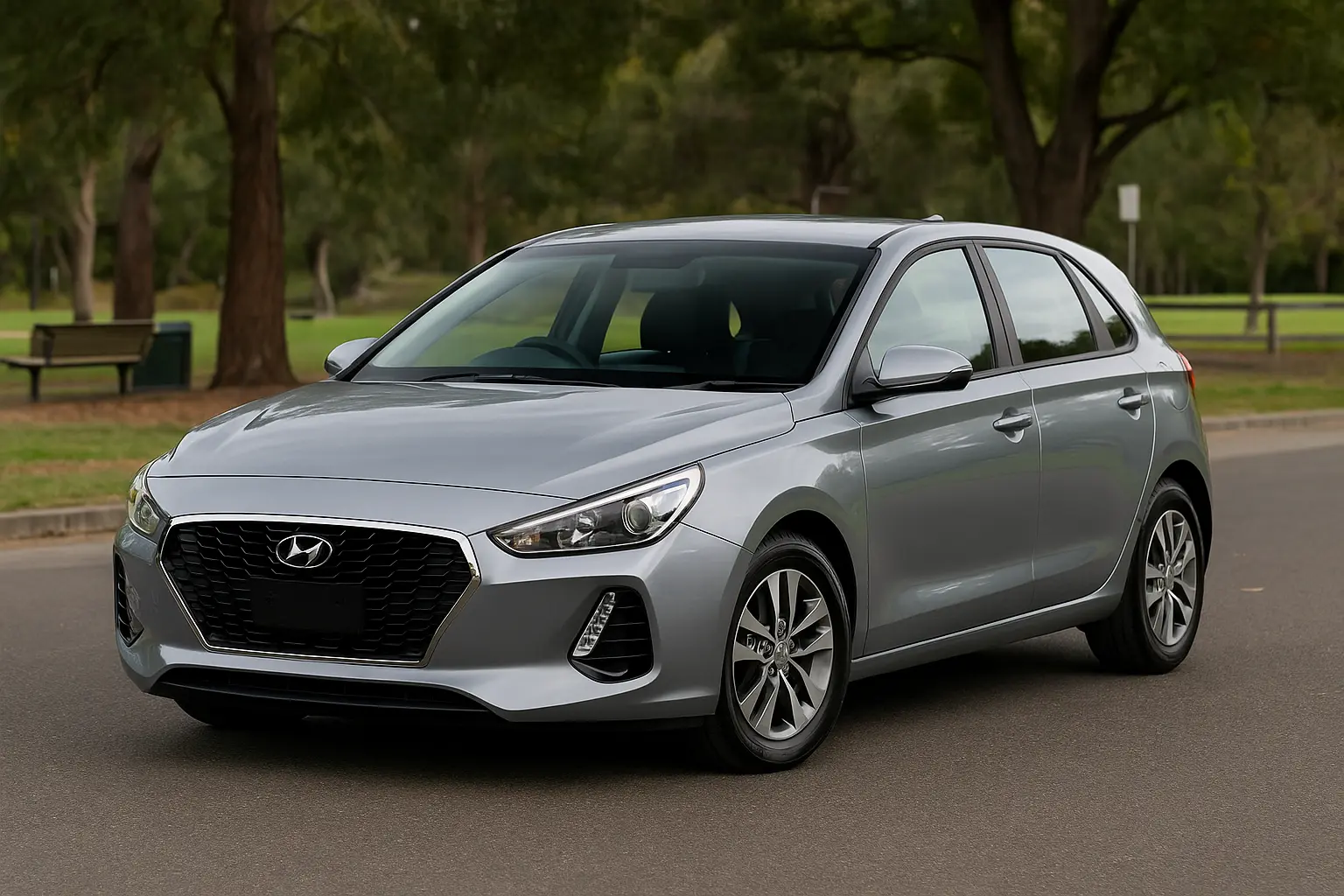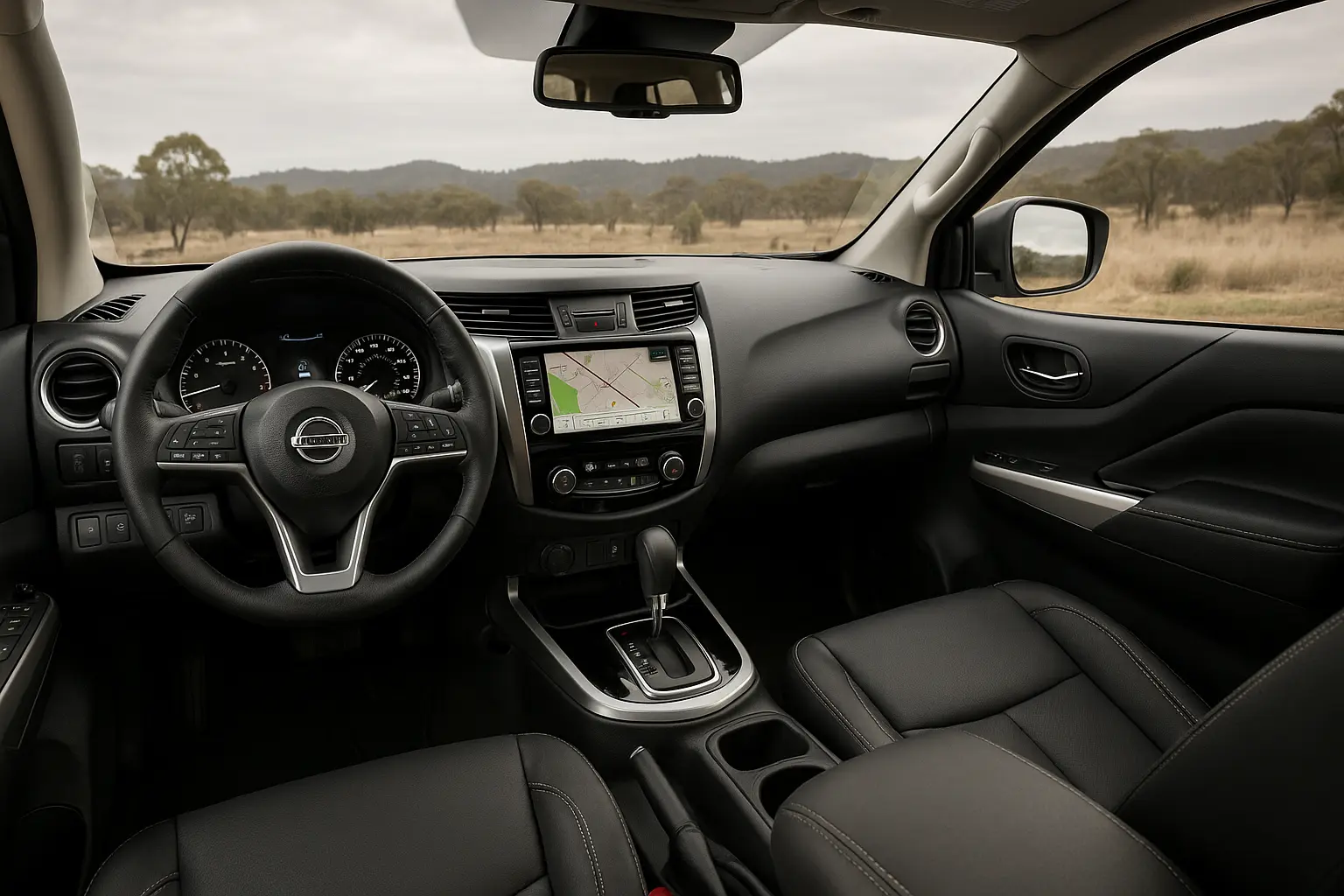Buying a car is one of the biggest financial decisions Australians make outside of purchasing a home. While the excitement of driving away in a new set of wheels is unmatched, the reality is that most people don’t pay cash upfront. Instead, they rely on car loans. Getting approved for finance, securing the best interest rate, and managing repayments responsibly can save you thousands over the life of a loan.
This comprehensive guide breaks down everything you need to know about car loan tips in Australia, from preparing your finances to negotiating terms, so you can get the keys to your dream car without breaking the bank.

Understanding Car Loans in Australia
Before diving into strategies, it’s important to understand what a car loan really is. A car loan is a type of personal loan specifically designed for purchasing vehicles, offered by banks, credit unions, and finance companies.
- Secured car loans: The car itself acts as security for the lender. These typically come with lower interest rates.
- Unsecured car loans: No security is required, but rates are usually higher because the lender takes on more risk.
- Fixed-rate loans: Interest remains the same throughout the loan term. Great for budgeting.
- Variable-rate loans: Interest can go up or down depending on market conditions.
Understanding the differences ensures you select the right type of finance for your needs.
Preparing Your Finances Before Applying
Lenders want to see that you’re a responsible borrower. Preparation is the key to increasing your chances of approval and lowering your rate.
Check and Improve Your Credit Score
Your credit score is one of the first things lenders look at. In Australia, a score above 700 is generally considered good.
Tips to boost your score:
- Pay bills on time.
- Reduce credit card balances.
- Avoid multiple loan applications in a short time.
- Correct errors on your credit report.
Save for a Deposit
A deposit not only reduces the amount you need to borrow but also shows lenders that you’re financially committed. Even 10–20% down can significantly improve your chances.
Reduce Existing Debts
Lenders assess your debt-to-income ratio. Paying down credit cards, personal loans, or buy-now-pay-later services can make you more attractive to financiers.
Comparing Car Loan Options
Not all car loans are created equal. Doing your homework can save you thousands.
Banks vs Non-Bank Lenders
- Banks: Often provide competitive rates but may have stricter approval criteria.
- Credit Unions: Member-owned and may offer lower fees.
- Online Lenders: Faster approval and flexible terms, but watch out for hidden charges.
- Dealer Finance: Convenient, but can sometimes carry higher rates despite “0%” advertising (fees may be buried in the contract).
Loan Features to Compare
- Interest rate (fixed vs variable)
- Comparison rate (includes fees)
- Loan term (shorter terms mean higher repayments but less interest overall)
- Early repayment flexibility
- Balloon payments (lower monthly repayments but a lump sum at the end)
Tips to Improve Car Loan Approval Chances
Approval isn’t guaranteed, but the following strategies can dramatically improve your odds:
- Show stable employment history – Lenders love consistency.
- Provide proof of regular income – Payslips, tax returns, or business records if self-employed.
- Avoid applying with bad credit – Take time to improve your financial health before submitting.
- Keep your expenses under control – Banks use household expense calculators when assessing affordability.
How to Secure Lower Car Loan Rates
The interest rate you pay determines the true cost of your car. A small difference, like 1–2%, can add up to thousands over a five-year term.
Strategies for lowering rates:
- Maintain an excellent credit history.
- Shop around—don’t just accept the first offer.
- Consider secured over unsecured loans.
- Opt for a shorter term if you can afford it.
- Negotiate directly with lenders (yes, rates are negotiable).
Hidden Costs to Watch Out For
While interest is the biggest factor, it’s not the only cost. Keep an eye on:
- Establishment fees.
- Monthly account fees.
- Early repayment penalties.
- Insurance add-ons bundled into finance.
Reading the fine print carefully ensures you don’t overpay.
Car Loan vs Leasing in Australia
Some drivers consider leasing as an alternative. Leasing means you don’t own the car, but you pay for the right to use it.
- Pros of leasing: Lower upfront costs, ability to upgrade regularly, sometimes tax benefits for businesses.
- Cons: You never own the car, and long-term costs may exceed buying.
If you want flexibility and always want the latest model, leasing might work. But for most Aussies looking to save money, a loan makes more sense.
Tips for Managing Car Loan Repayments
Approval and securing a low rate are just the beginning. Managing repayments smartly is crucial.
- Set up automatic payments to avoid late fees.
- Make extra repayments if your loan allows—it shortens the term and reduces interest.
- Avoid skipping payments, even if allowed, as it extends the loan length.
- Refinance if necessary if rates drop significantly and fees are reasonable.
Car Loan Refinancing Explained
If you already have a car loan, refinancing could help you save money. Refinancing means taking out a new loan with better terms to pay off your existing one.
- Check for exit fees on your current loan.
- Compare interest and fees carefully.
- Calculate total savings before switching.
Common Mistakes Australians Make with Car Loans
- Rushing into dealer finance without comparison.
- Borrowing more than needed for extras like warranties or add-ons.
- Choosing a loan term that’s too long, which increases total interest.
- Ignoring balloon payments and being shocked at the end.
- Not reading the comparison rate.
Avoiding these mistakes puts you ahead of the average buyer.
Car Loans and Insurance
In Australia, lenders often require comprehensive car insurance if the vehicle is used as security. Factor in these costs alongside repayments.
Some insurers also offer discounts if you pay annually rather than monthly—another way to save.
Car Loan Tips for First-Time Buyers
If you’re a young Aussie or buying your first car, financing can feel overwhelming.
- Stick to a realistic budget.
- Avoid luxury cars or high-performance models at the start.
- Start with a smaller loan and build credit history.
- Don’t forget to include rego, stamp duty, and running costs in your budget.
The Future of Car Finance in Australia
With the rise of electric vehicles and new financial products, car finance in Australia is evolving. Subscription services, green car loans with lower rates, and digital-first lending platforms are becoming more common.
Staying informed ensures you choose the smartest option not just today but for years to come.
Final Thoughts
Financing a car doesn’t have to be stressful or expensive. With the right preparation, comparison, and negotiation, you can improve your car loan approval chances and secure a lower rate—saving thousands over the life of your loan.
Whether you’re buying your first car or upgrading to something new, remember: the smartest car buyers are the ones who prepare, compare, and manage responsibly.
Leave a comment
Your email address will not be published. Required fields are marked *




















